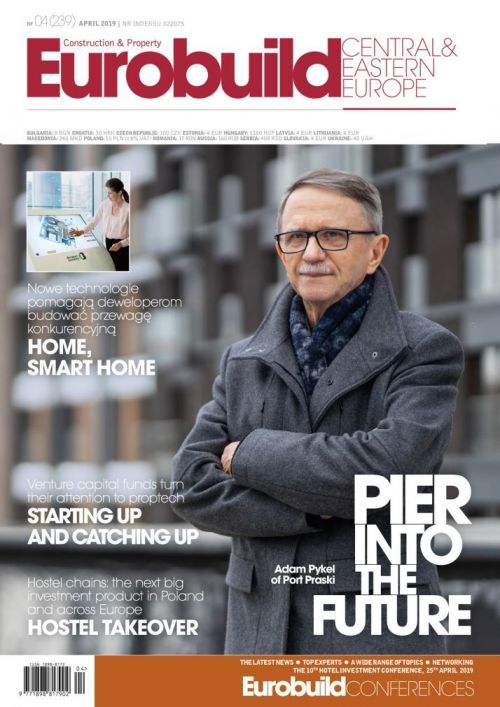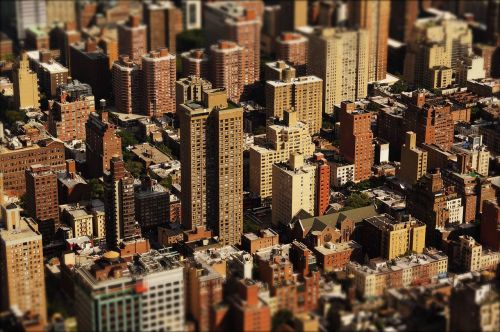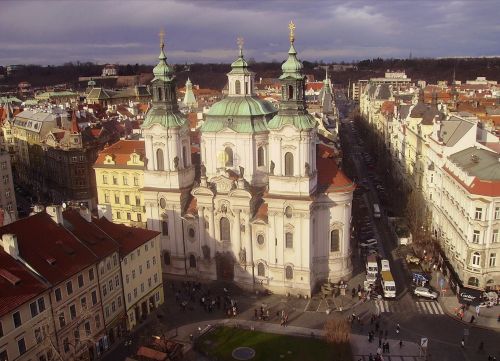Green by Decree
Green projects
Unsurprisingly, as with all EU law, compliance with the new legislation has not been 100 pct. Right now the Czech Republic and Slovenia are both being dragged before the EU court of justice for not having brought their legislation up to date. However, Poland has no cause to gloat as it too was hauled before the courts for similar non-conformity issues in 2014.
No choice
Nevertheless, developers themselves seem not to be too worried about the looming deadline. Adam Targowski, the sustainable development manager at Skanska points out that there is no choice but to comply: “You cannot sell something that does not meet legal requirements and it’s the same with a building. If you do not meet the minimum requirements you will not get a building permit.” He points out that in Hungary, many of the regulations were introduced too quickly, which just led to a state of confusion with no one being certain if they met the requirements or not.
“In Poland the regulations have been implemented in a systematic manner and this has let the market stakeholders get ready. Even manufacturers of equipment and glazing and so on, knowing that the regulations would change, have planned their R&D, so even a single fan in an air conditioning unit is way more efficient if you buy it today than if you had bought it five years back and this has not only been caused by this regulation but in parallel there were a lot of other regulations specifically for manufacturers that are more or less in line with this. Obviously to some extent it increased the cost of investment, but it’s not like it’s a market changer.”
Indeed Skanska is not the only developer that appears to be more concerned by the green certification (such as LEED and BREEAM) that is already on the market than conforming to the legal requirements. “We make every effort to create more energy efficient buildings than we did ten years ago. It is becoming easier because manufacturers now offer a wide range of environmentally friendly solutions, such as lighting. Companies in the construction sector are competing so their products meet the requirements not only of national regulations but also of green certification. The market is more adapted today to implementing ecological innovations To make a building more energy efficient, we pay a lot of attention to the selection of building materials, lighting, water-saving fittings, lifts and many other things,” claims Karolina Dąbek, the BREEAM manager in Echo Investment’s office department.

“Interest in sustainable construction will become common over the next few years,” claims Karolina Dąbek, the BREEAM manager of Echo Investment’s office department
Even at the design stage the legislation ruffles no feathers: “Designing buildings today that are almost zero emission, as it will be in two years time, is no problem at all. We already know about all the required innovations – green energy (solar cells, wind generated electricity, hydroelectricity, geothermal energy, solar panels and exhaust filters etc.). We know how to calculate it and we know how to control these systems. In this sense designing an almost zero emission building is easy. But constructing them is not,” insists Jerzy Szczepanik- Dzikowski, a partner of JEMS Architekci. This is also a point that Rafał Schurma, the president of the Polish Green Council and owner of visio architects and consultants, reiterates: “It is possible to build a zero energy skyscraper, but most likely financially it has no sense.” He then explains that cladding a tall office tower in solar panels to offset the energy deficit is not very effective and that “the taller a building is, the less effective it usually becomes. Positioning photovoltaic panels vertically also seriously limits their energy efficiency.” Indeed, according to Adam Targowski of Skanska, the only effective place to put a solar panel is on the roof. He describes Skanska’s approach as improving the tried and tested systems that are already on the market, but admits that the company is slowly approaching the limits of the energy savings that can be wrung out of them, which is why it is investing in perovskite solar cells, which could easily be used to cover a building, but at present have never been tested out in the real world.
However, according to Skanska, the EU’s Energy Performance Certificates that are required for all buildings that are either leased or sold, don’t really reflect the energy usage of a modern mixed-use office property. “Commercial buildings are really pretty complex. They really do follow the hourly schedules of how many people are in the building, how much air is needed and so on. But the national calculation method, to confirm this performance doesn’t really take such things into account. Energy Performance Certificates fit the residential market pretty well, because such buildings are not so dynamic,” asserts Adam Targowski. Nonetheless, when judged by the number of BREEAM and LEED certificates granted to the residential sector, awareness of the environmental impact of buildings seems only nascent. “Certification of residential projects in Poland is not yet very common,” admits Karolina Dąbek of Echo Investment, who adds: “In this sector, improvements can certainly be made to make the building more ecological, while at the moment residential projects are now being designed with an awareness of the building's impact on the natural environment.”

“An almost zero-emission building is easy to design. But constructing one isn’t,” says Jerzy Szczepanik- Dzikowski, a partner of JEMS Architekci
A question of definitions
“The implementation of directive regulations in member countries reflects local conditions and vary very much” says Adam Targowski. Each EU country has been allowed to define what is meant by an NZEB based on what they themselves consider possible. In Cyprus, air conditioning is considered a must and there has been less funding available for investment in green technology, so their targets have been defined rather more modestly. At the other extreme there is Denmark. “For a long time they have had a very strict energy code. Most countries do not have such a strict energy code now as the requirements they had ten years ago.”
Another reason why the standards are not quite as stringent as they first appear turns out to be that the assessor’s for Poland’s current energy certificate are underqualified. “The certification system and its documentation in particular should be more professionalised and better organised,” claims Adam Targowski. Rafał Schurma, the president of the Polish Green Building Council (PLGBC) also admits that gaining the qualification isn’t particularly demanding, but he also points out that: “If you’re a qualified architect or a heating engineer, you get this qualification automatically (and for free). The requirements were to be made higher some time ago but it hasn’t happened yet. But having a mandatory level is good. It forces the market to go beyond what it is currently doing. It sets the minimum benchmark higher.”
Still a mountain to climb
Not everybody works and lives in buildings constructed within the last ten years and buildings account for “between 38 pct and 42 pct of European energy consumption depending on what figures you use,” says Rafał Schurma. Indeed most of the existing stock is around 50 years old. The EU directive requires all public buildings to be renovated and certificates are to be prominently displayed showing what energy rating the building has achieved in order to raise public awareness. But with such old stock, many doubt if much can be done at all to upgrade such buildings to modern standards. “Insulating a building from the inside is always a tough job, but it is possible and in some cases it is the only solution,” points out Rafał Schurma.
The EU is aiming for a 20 pct cut in annual primary energy consumption by 2020 and, as mentioned before, buildings account for about 40 pct of the EU’s total final consumption as well as more than a third of its CO2 emissions. Good luck!





















































